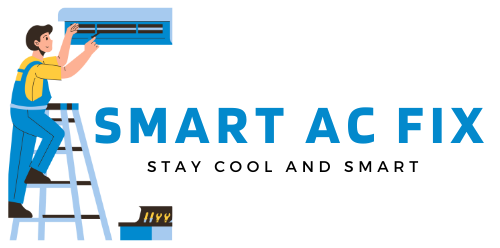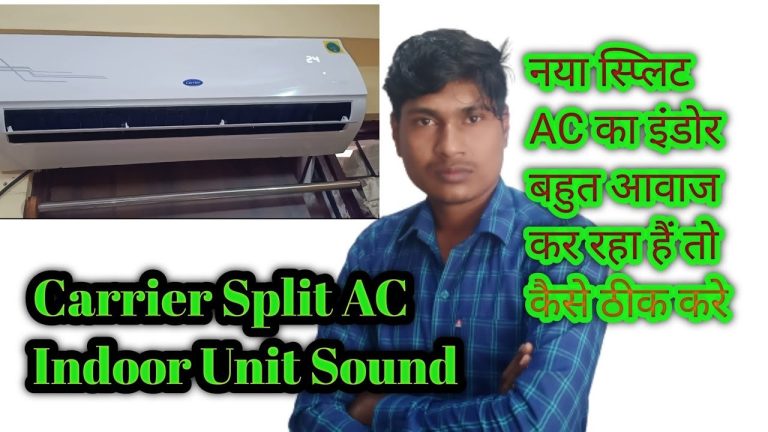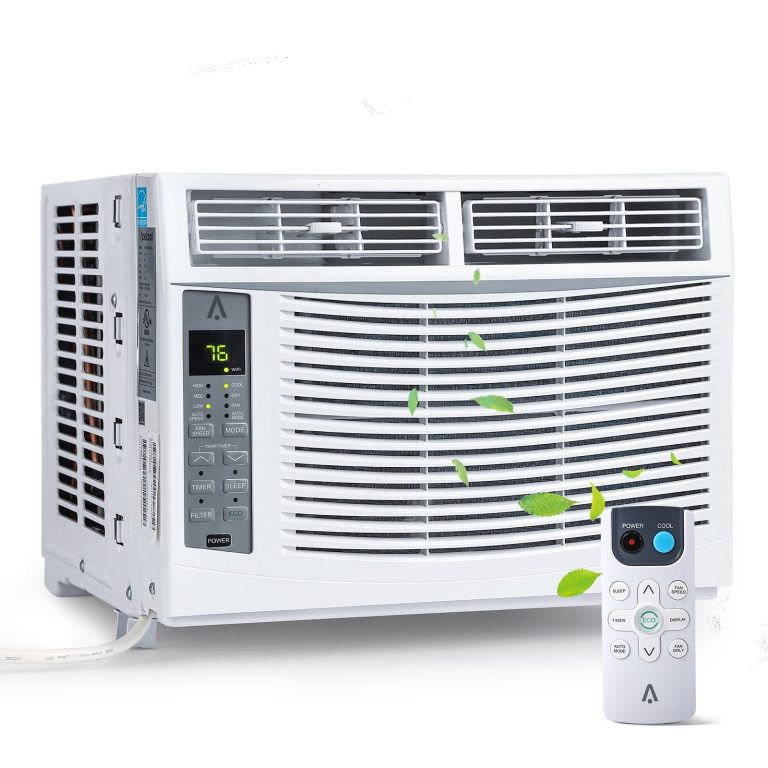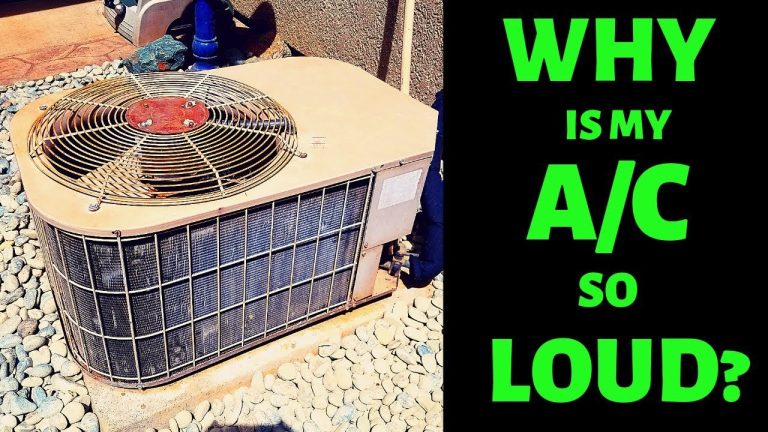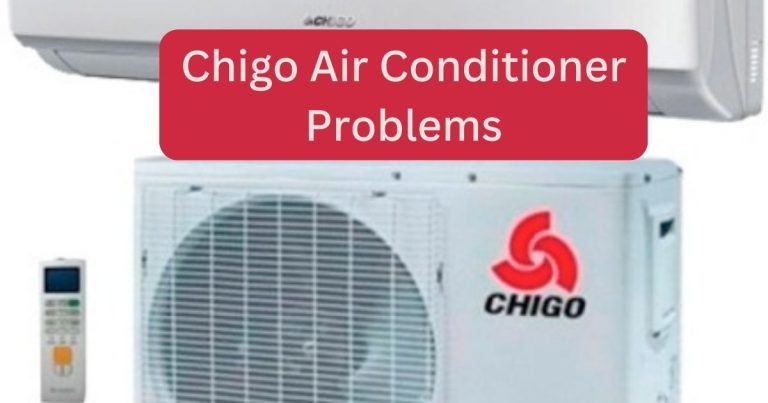Common Reasons Ac Stops Working: Troubleshooting Tips To Beat The Heat
There are several common reasons why an AC may stop working. Some possible culprits include a faulty thermostat, clogged air filter, low refrigerant levels, electrical issues, or a malfunctioning compressor. Troubleshooting these problems can help resolve AC breakdowns and ensure a comfortable indoor environment during hot summer days.
Hot summer days are best spent indoors, basking in the cool comfort of air conditioning. But what happens when that refreshing blast of cool air suddenly stops? Don’t let an AC malfunction leave you sweating it out.
Understanding the common reasons why your air conditioning system may stop working can save you both time and money. Whether you’re a homeowner, renter, or small business owner, maintaining a comfortable indoor environment is crucial.
From a faulty thermostat to a clogged air filter, there are several potential culprits behind AC breakdowns. By troubleshooting these issues, you can beat the heat and ensure your AC keeps you cool when you need it most. In this article, we’ll explore the common reasons AC systems stop working and provide you with practical troubleshooting tips to keep your cool all summer long.
Get ready to enjoy a perfectly chilled space while waving goodbye to AC meltdowns.
I. Common Reasons AC Stops Working
A. Lack of Power Supply
When your air conditioning unit suddenly stops working, the first thing to check is the power supply. Several factors related to the power supply can cause your AC to malfunction.
1. Tripped Circuit Breaker
A common reason for a lack of power to your AC unit is a tripped circuit breaker. Circuit breakers are designed to protect your electrical system from overload. If too much current flows through the circuits, the breaker will trip, cutting off power to the connected devices, including your air conditioner.
To fix a tripped circuit breaker, locate your electrical panel and check if any circuit breakers have been tripped. If you find a tripped breaker, switch it off and then back on to reset it. However, if the breaker continues to trip, it may indicate a more serious electrical issue that requires professional attention.
2. Blown Fuse
In some cases, a blown fuse could be the reason behind your AC malfunction. Fuses are designed to protect electrical circuits by breaking the circuit when excessive current flows through it.
To check if a blown fuse is causing your AC to stop working, locate the AC fuse in your electrical panel and inspect it for any signs of damage. If the fuse appears to be blown, replace it with a new one of the same rating. If the fuse blows again, it’s essential to call a professional to diagnose and repair the underlying issue.
3. Power Outage
In the event of a power outage, your air conditioner will automatically stop working. While power outages are beyond your control, it’s important to check if the outage is limited to your home or if it’s a widespread issue in your area.
If the power outage is limited to your home, try resetting the main breaker in your electrical panel. If the power doesn’t come back on, contact your local utility company to report the issue.
B. Thermostat Issues
The thermostat acts as the control center for your air conditioning system. If your AC stops working, it’s worth investigating if the thermostat is functioning correctly.
1. Incorrect Temperature Settings
Sometimes, the reason your AC is not cooling could be as simple as incorrect temperature settings on your thermostat. If the desired temperature is set too high or too low, the air conditioner may not turn on or may not cool the space effectively.
Check the temperature settings on your thermostat and ensure they are set to the desired level. Adjust the settings if necessary and monitor if the AC starts working properly.
2. Faulty Thermostat
A faulty thermostat can also cause your AC to stop working. If the thermostat is unable to accurately read the temperature or send the right signals to the AC unit, it may fail to operate.
To determine if your thermostat is faulty, try replacing the batteries and reprogramming it. If the AC still doesn’t respond, you may need to replace the thermostat with a new one. Consult a professional if you are unsure about installing a new thermostat.
3. Dead Batteries in Thermostat
Many thermostats are battery-powered, and dead or low batteries can prevent them from working correctly. If your thermostat has stopped working or is unresponsive, check the batteries and replace them if necessary.
C. Refrigerant Leaks
Refrigerant is crucial for the cooling process in your air conditioning system. If there is a refrigerant leak, your AC may stop working efficiently or fail to cool altogether.
1. Signs of Refrigerant Leak
Several signs indicate a refrigerant leak in your AC system. These include reduced cooling performance, hissing or bubbling sounds near the indoor unit, ice buildup on the refrigerant lines or evaporator coil, and an increase in energy bills.
2. Effects of Low Refrigerant
Low refrigerant levels can lead to reduced cooling capacity and increased strain on the AC unit. This can result in inefficient cooling, longer running times, and potential damage to the compressor.
3. Causes of Refrigerant Leaks
Refrigerant leaks can occur due to several reasons, including corrosion of the refrigerant lines, loose fittings or connections, or physical damage to the coils. It’s crucial to have a professional HVAC technician locate and repair the refrigerant leak to ensure optimal performance and prevent further damage.
D. Dirty Air Filters
Air filters play a vital role in maintaining the efficiency and performance of your air conditioning system. Dirty air filters can cause your AC to stop working and negatively impact indoor air quality.
1. Importance of Clean Air Filters
Clean air filters ensure proper airflow and prevent dust, dirt, and debris from entering the AC system. They help trap airborne particles, improving indoor air quality and protecting the components of the air conditioner.
2. How Dirty Air Filters Affect AC Performance
When air filters become dirty and clogged, they restrict airflow, forcing the AC unit to work harder to cool the space. This can lead to reduced cooling efficiency, longer running times, increased energy consumption, and potential damage to the system.
3. How to Replace Air Filters
Regularly replacing air filters is essential for maintaining the performance of your AC system. Check the manufacturer’s recommendations for the recommended filter replacement schedule. Typically, air filters should be replaced every 30 to 90 days, depending on factors such as usage and air quality.
To replace the air filter, locate the filter compartment in your AC system, remove the old filter, and replace it with a new one of the same size and type. Ensure the filter is correctly installed and facing the correct direction. If you’re unsure about replacing the filter yourself, consult a professional HVAC technician.
E. Frozen Evaporator Coil
A frozen evaporator coil is another common reason for AC malfunctions. When the evaporator coil freezes, it restricts airflow, causing the AC unit to stop working or cool inadequately.
1. Causes of a Frozen Evaporator Coil
Several factors can cause the evaporator coil to freeze, including dirty air filters, blocked air vents, low refrigerant levels, or a malfunctioning blower fan.
2. Signs of a Frozen Evaporator Coil
Signs of a frozen evaporator coil include reduced or no airflow from the vents, ice buildup on the evaporator coil, and a noticeable decrease in cooling performance.
3. How to Fix a Frozen Evaporator Coil
If you suspect a frozen evaporator coil, turn off the AC unit and let it thaw naturally. Remove any ice buildup gently, but avoid using sharp objects that could damage the coils. Once the coil is completely thawed, check the air filters and clean or replace them if necessary. If the problem persists, contact a professional HVAC technician to diagnose and repair the underlying issue.
F. Blocked Condensate Drain Line
The condensate drain line is responsible for removing excess moisture that collects during the cooling process. If the drain line becomes blocked, it can cause water to back up and prevent the AC from working correctly.
1. Importance of Clear Drain Line
A clear condensate drain line is essential for proper moisture removal and prevents water damage to your AC system and surrounding areas.
2. Signs of a Blocked Drain Line
Signs of a blocked condensate drain line include water pooling around the indoor unit, unpleasant odors, and increased humidity levels in the space.
3. How to Clear a Blocked Drain Line
To clear a blocked condensate drain line, start by locating the drain line’s access point. This is typically located near the indoor unit or in the basement. Gently remove the cap or plug and use a wet/dry vacuum or a thin brush to remove any debris or buildup in the line.
Once the blockage is cleared, pour a mixture of equal parts water and vinegar down the drain line to clean and disinfect it. Finally, replace the cap or plug and ensure that the drain line is functioning correctly.
G. Faulty Capacitor
A faulty capacitor can prevent your AC unit from starting or running efficiently. Capacitors are responsible for providing the electrical charge needed to start the compressor and fan motors.
1. Role of Capacitor in AC Units
Capacitors store electrical energy and provide the necessary voltage and current to start the motor. They act as a kind of “jumpstart” for the compressor and fan motors, enabling them to begin running smoothly.
2. Symptoms of a Faulty Capacitor
Common symptoms of a faulty capacitor include difficulty starting the AC unit, clicking sounds during startup, the unit not turning on at all, or the fan not spinning properly.
3. Replacing a Faulty Capacitor
If you suspect a faulty capacitor, it’s essential to have it replaced by a professional HVAC technician. Capacitors store electrical energy and can discharge even when the power is turned off, posing a potential electrical hazard. A qualified technician can safely diagnose the issue, select the appropriate replacement capacitor, and install it correctly.
H. Dirty or Damaged Condenser Coil
The condenser coil is located in the outdoor unit of your air conditioning system and plays a crucial role in heat exchange. If the condenser coil becomes dirty or damaged, it can affect the AC’s cooling performance.
1. Importance of Clean Condenser Coil
A clean condenser coil allows for efficient heat transfer, allowing the AC unit to cool the space effectively. Dirt, debris, and damage to the coil can impede heat exchange and cause the AC to stop working correctly.
2. Signs of Dirty or Damaged Condenser Coil
Signs of a dirty or damaged condenser coil include reduced cooling performance, longer running times, increased energy consumption, and visible dirt or debris on the outdoor unit.
3. How to Clean or Repair Condenser Coil
Cleaning or repairing the condenser coil is best left to a professional HVAC technician, as it requires specialized tools and knowledge. Regular maintenance of the outdoor unit, including cleaning the coil and removing any debris, can help prevent issues and ensure optimal performance of your AC system.
I. Malfunctioning Fan Motor
The fan motor in your AC unit is responsible for circulating air and ensuring proper airflow. If the fan motor malfunctions, the AC may stop working or fail to cool effectively.
1. Role of Fan Motor in AC Units
The fan motor propels air across the evaporator coil to absorb heat and distribute cool air throughout the space. It also assists in expelling heat from the condenser coil.
2. Signs of a Malfunctioning Fan Motor
Signs of a malfunctioning fan motor include reduced or no airflow from the vents, unusual noises coming from the outdoor unit, and the AC not cooling the space adequately.
3. Repairing or Replacing a Faulty Fan Motor
If you suspect a faulty fan motor, it’s advisable to contact a professional HVAC technician. They can diagnose the issue, determine if a repair is possible, or recommend replacing the fan motor if necessary.
J. Compressor Issues
The compressor is the heart of your air conditioning system and is responsible for circulating refrigerant and facilitating the heat exchange process. Compressor issues can cause your AC to stop working or cool inadequately.
1. Common Compressor Problems
Common compressor problems include electrical issues, refrigerant leaks, or mechanical failures. These can result in the compressor failing to start, making unusual noises, or causing a complete AC breakdown.
2. Signs of Compressor Issues
Signs of compressor issues include warm air blowing from the vents, clicking or buzzing sounds coming from the outdoor unit, or the AC not turning on at all.
3. Repairing or Replacing a Faulty Compressor
Compressor issues often require professional attention. Attempting to repair or replace a faulty compressor without the necessary expertise can lead to further damage and may void any warranties. Consult a qualified HVAC technician to diagnose the problem and recommend the most appropriate solution.
K. Improper Installation
The correct installation of your air conditioning system is crucial for optimal performance and longevity. If your AC is not installed correctly, it may not work efficiently or may experience frequent breakdowns.
1. Impact of Improper Installation on AC Performance
Improper installation can result in several issues, including inadequate cooling, reduced energy efficiency, frequent breakdowns, and premature wear and tear on components.
2. Signs of Improper Installation
Signs of improper installation include uneven cooling, excessive noise or vibrations, frequent system malfunctions, and higher-than-expected utility bills.
3. Correcting Installation Issues
If you suspect that your AC system was improperly installed, it’s important to consult a professional HVAC technician. They can assess the installation and make any necessary adjustments or repairs to ensure optimal performance.
L. Aging or Faulty Equipment
Over time, air conditioning equipment can become less efficient and more prone to malfunctions. Aging or faulty equipment can cause your AC to stop working or exhibit inadequate cooling performance.
1. Impact of Aging Equipment on AC Performance
Aging equipment may struggle to keep up with cooling demands, resulting in reduced efficiency, increased energy consumption, and more frequent breakdowns. Components may wear out or become less reliable over time.
2. Signs of Aging or Faulty Equipment
Signs of aging or faulty equipment include decreasing cooling performance, frequent repairs, rising energy bills, and an AC system that is more than 10-15 years old.
3. When to Replace AC Equipment
If your AC system is aging or experiencing frequent malfunctions, it may be time to consider replacing the equipment. Consult with an HVAC professional to assess the condition of your system and determine the most cost-effective and efficient solution.
By understanding the common reasons why your AC may stop working and following the troubleshooting tips provided, you can keep your cool during the hot summer months. Remember to consult a professional HVAC technician for complex issues or if you are unsure about any DIY repairs. Stay comfortable and beat the heat with a reliable and efficient air conditioning system.
AC Unit Not Turning On – How to Fix It
Frequently Asked Questions (FAQ)
Why is my AC not working?
How can I fix a blown fuse in my AC?
What should I do if the circuit breaker trips?
Why is a malfunctioning thermostat causing my AC to stop working?
What should I do if my AC has a refrigerant leak?
Final Words: Common Reasons for an AC Unit to Stop Working
In conclusion, there are several common reasons why an air conditioning (AC) unit may stop working. One of the main causes is a lack of power supply, which can be due to a tripped circuit breaker or a blown fuse.
Power outages can also cause the AC to stop working, in which case it is important to check if the outage is limited to your home or if it is a widespread issue in your area. Thermostat issues can also lead to AC malfunctions.
Incorrect temperature settings or a faulty thermostat can prevent the AC from turning on or cooling the space effectively. It is important to check the temperature settings and replace the thermostat if necessary. Another common reason for AC malfunctions is refrigerant leaks.
Low refrigerant levels can result in reduced cooling capacity and increased strain on the AC unit. Refrigerant leaks can be caused by factors such as corrosion, loose fittings, or physical damage to the coils. It is crucial to have a professional HVAC technician locate and repair the refrigerant leak.
